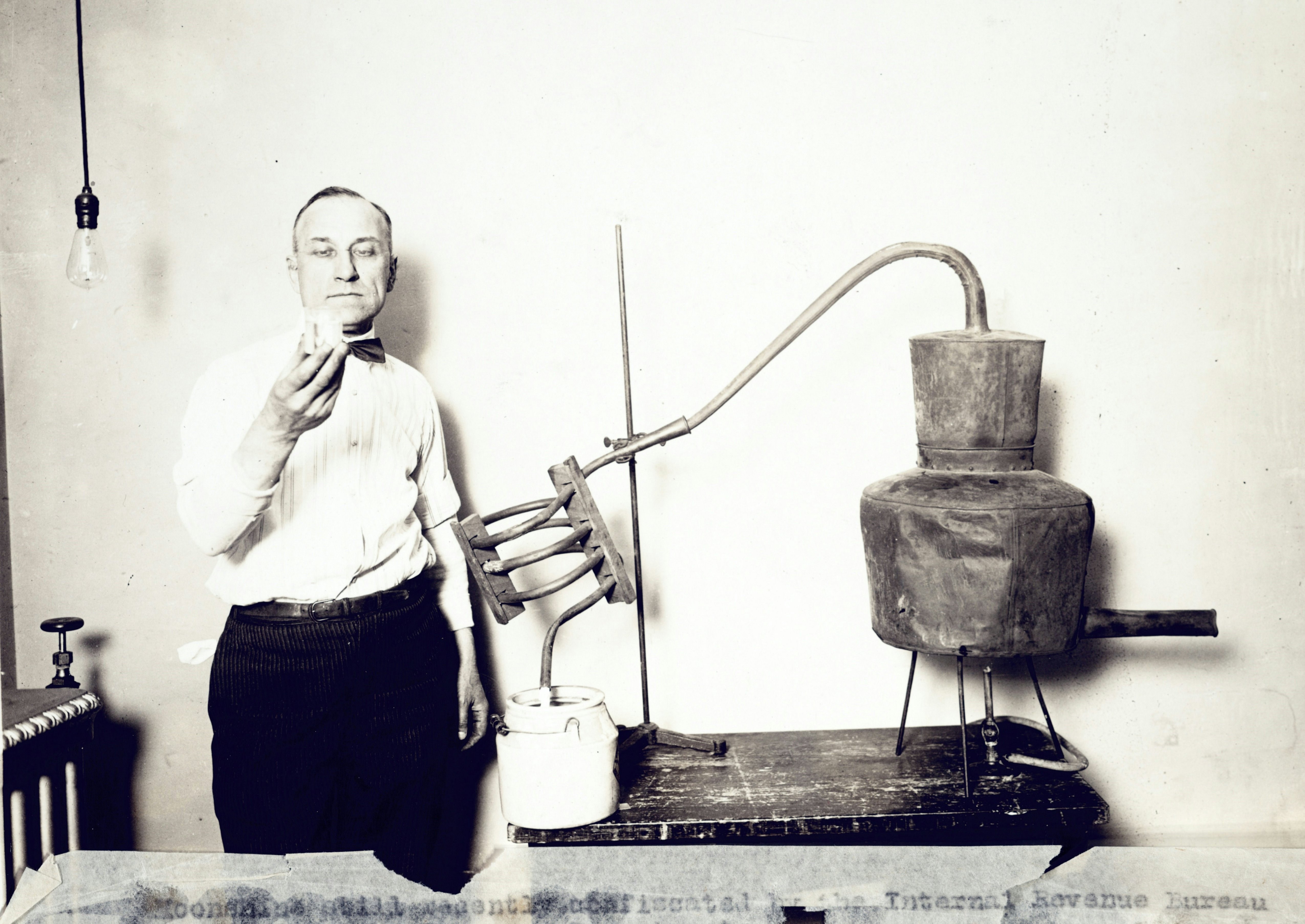
Trick-or-treating and urban legends go together like chocolate and peanut butter. Hoaxes or myths about the prevalence of poisoned or otherwise intentionally tainted, deadly candy have circulated around all hallows eve for decades.
In the 1980s and 90s, it was fears about literal poison or razor blades in Halloween candy; in the 2010s, the legalization of recreational cannabis in some states stoked fears about the knowing distribution of edibles to trick-or-treaters. Headlines about the dangers of trick-or-treating are like ghost stories for adults: There may not be much truth to the reports, but the fear they elicit is very real.
The latest incarnation of these stories revolves around fentanyl: a potent synthetic opioid responsible for a massive spike in overdose deaths over the past decade. In late August, the D.E.A asserted that an increase in brightly colored fentanyl pills “appears to be a new method used by drug cartels to sell highly addictive and potentially deadly fentanyl made to look like candy to children and young people.” Perfect fodder for the next round of scary trick-or-treating stories.
There’s no question that fentanyl poses real dangers to certain demographics. But experts say there’s a relatively low risk of “rainbow fentanyl” being passed to trick-or-treaters or young children generally. At the same time, people who use drugs are at genuine risk of unknowingly buying fentanyl and overdosing. Here’s what you need to know.
Is rainbow fentanyl new?
“The wide assortment of colors is new, but fentanyl pills have been blue for some time to mimic [30 mg] oxycodone pills,” Joseph Palamar, an associate professor in the Department of Population Health at NYU Langone Health, where he studies drug use epidemiology, tells Inverse.
Leo Beletsky is an assistant professor of Law and Health Sciences at Northeastern University and faculty director of the harm reduction organization Health in Justice. He tells Inverse that when he did fieldwork on heroin markets, “heroin baggies would come in different brands that would distinguish them [from heroin from other dealers or sources], and people would choose the brand they wanted.”
Beletsky says a similar thing may be happening now, where the fentanyl market is “maturing to a point where dealers are choosing to distinguish themselves through these colors.”
Is there any evidence supporting the idea that drug dealers target children with brightly colored fentanyl pills?
Drug dealers have no reason to trick kids into thinking drugs are candy.
“I think the D.E.A. is just — perhaps inappropriately — deducing that because these pills are now in bright colors that they were intended to be marketed to kids,” Palamar says.

Drugs cost money. There’s no benefit to giving them away for free, especially disguised as candy to young children. Not only would a child casually popping a fentanyl pill because they thought it was candy likely overdose, even if they did get addicted, as the D.E.A. suggests, young children typically don’t have the resources to buy drugs.
Beletsky says that minors have accidentally consumed fentanyl, but it’s not because they thought it was candy. Instead, when kids have overdosed from fentanyl use, it’s because they were buying a different drug, like oxycodone or Percocet.
“Fentanyl is oftentimes pressed into pills that look like pharmaceutical drugs,” he says. “That's where the real danger lies: People think they're taking an Oxy 30, and it’s fentanyl.”
Indeed, a research letter published in the journal JAMA in April found that starting in 2020, “adolescents experienced a greater relative increase in overdose mortality than the overall population, attributable in large part to fatalities involving fentanyls...Since 2015, fentanyls have been increasingly added to counterfeit pills resembling prescription opioids, benzodiazepines, and other drugs, which adolescents may not identify as dangerous and which may be playing a key role in these shifts.”
That tracks with Palamar’s research. In a study published in May in the journal Drug and Alcohol Dependence, Palamar and his colleagues found that fentanyl seizures in pill form “increased from 13.8 percent in 2018 to 29.2 percent in 2021.”
Who is most at risk of fentanyl overdose?
Whether minors or adults, people at the highest risk of fentanyl overdose are people who use drugs.
According to Beletsky, fentanyl started to become prevalent in the illicit drug market on the east coast beginning in 2011 and 2012. From there, it slowly spread across the country, becoming prevalent on the west coast in 2017 and 2018.

“The reasons why are multifactorial, but I believe one of the top reasons is what's called the iron law of prohibition,” he says.
The basic idea is that the more prohibition and law enforcement you throw at a product, the more you incentivize the drug trafficking supply chain. Perhaps the clearest example of this is alcohol prohibition.
“During the time of alcohol prohibition, the supply shifted from beer and wine to bathtub gin and moonshine. Fentanyl is basically the moonshine of the illicit opioid supply,” Beletsky says.
In contrast to heroin, which is at its core an agricultural product, if an illicit one, fentanyl is synthesized in a lab. That makes it easier to manufacture.
“During Covid, all of the supply chain issues that affect white markets also affect illicit markets. And so the market transition from agriculturally produced heroin to synthetically manufactured fentanyl accelerated,” he says.
That’s, briefly, how the drug supply became so tainted and why people who purchase illicit drugs are most at risk of a fentanyl overdose.
How to prevent fentanyl overdose
Beletsky says it’s frustrating that the D.E.A (and media) has focused so much on “rainbow fentanyl” and young children when fentanyl can pose a real danger to adolescents and other people who use drugs.
“Even when actual kids have died, that still hasn’t been a wake-up call for authorities to focus on prevention rather than talking about nonsense like rainbow fentanyl,” he says. “[They should] use this as an opportunity to teach people about the signs and symptoms of an overdose and how to liberate people from an overdose. Why isn't the D.E.A out there providing people with naloxone and teaching them how to reverse overdoses?”
Palamar agrees that education is an essential component of preventing overdose deaths — one that’s currently lacking.
“We need better drug education,” he says. “Kids need better education, parents and teachers need better education, and officers need better education. We drug researchers also need better education, and this is why we love our drug research. We’re trying to learn new things as quickly as we can to educate the public in an attempt to save lives.”







